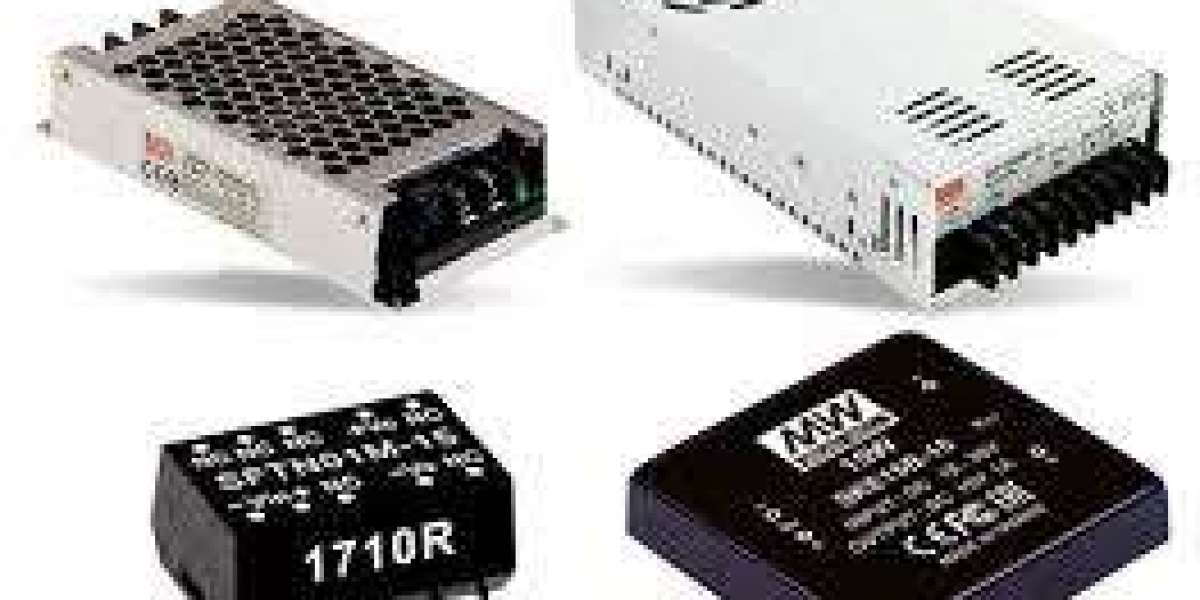1. Introduction
The Millimeter Wave Sensors Market is undergoing rapid evolution, driven by advancements in wireless communication, radar technology, and sensor miniaturization. Operating in the frequency range of 30 GHz to 300 GHz, mmWave sensors offer high accuracy, resolution, and data transmission capabilities. These features are increasingly being leveraged across industries, particularly in transportation, healthcare, and consumer electronics, where the demand for real-time data, automation, and safety is soaring. This article explores the key trends shaping these segments and how mmWave sensors are meeting their evolving demands.
2. Transportation Sector: Advancing Safety and Autonomy
One of the most prominent and transformative applications of mmWave sensors is in the transportation industry, particularly in automotive and rail systems. The push toward safer, smarter, and more autonomous vehicles is accelerating the adoption of mmWave radar technology.
Advanced Driver Assistance Systems (ADAS) are now standard or mandated in many vehicles. Functions like adaptive cruise control, lane departure warning, collision detection, and blind spot monitoring rely heavily on mmWave sensors. These sensors provide reliable performance under all weather and lighting conditions, making them superior to optical systems like LiDAR and cameras in many scenarios.
The transition toward autonomous vehicles is also intensifying the demand for high-resolution, long-range radar systems. Self-driving cars require 360-degree situational awareness, and mmWave sensors, operating at 77 GHz and beyond, are central to building multi-sensor fusion systems capable of perceiving and reacting to the surrounding environment with precision.
In rail transportation, mmWave sensors are being deployed for train positioning, obstacle detection on tracks, and platform safety monitoring. These systems contribute to reduced accidents and improved operational efficiency.
Trend summary:
Increasing regulatory mandates for vehicle safety features
Rising integration in electric and autonomous vehicles
Use in rail infrastructure for safety and automation
Shift toward multi-sensor fusion with mmWave as a core component
3. Healthcare Sector: Contactless Monitoring and Imaging
The healthcare industry is embracing mmWave sensor technology for its ability to enable non-invasive and contactless monitoring, a demand that surged significantly during the COVID-19 pandemic. These sensors are particularly useful in elderly care, chronic disease management, and emergency medicine.
Vital sign monitoring is one area where mmWave sensors are showing promise. They can measure heartbeat, respiration rate, and even detect motion without direct contact with the patient. This is valuable for remote patient monitoring, intensive care units, and long-term care settings, where minimal patient disturbance is critical.
In imaging and diagnostics, mmWave sensors are being explored for high-frequency imaging that provides better resolution than conventional ultrasound. Their ability to penetrate soft tissue and detect small variations is useful for tumor detection, skin cancer screening, and dental diagnostics.
Smart hospital infrastructure is another emerging area. mmWave sensors are integrated into ceiling panels or walls to monitor patient movement, detect falls, and track occupancy in patient rooms—all without cameras, preserving privacy.
Trend summary:
Growing use in contactless vital sign monitoring
Integration into remote healthcare and eldercare systems
Potential in advanced imaging techniques
Privacy-preserving motion detection in smart healthcare facilities
4. Consumer Electronics: Enhancing User Experience
The consumer electronics sector is increasingly utilizing mmWave sensors to enhance user interactions, convenience, and safety in devices such as smartphones, laptops, smart TVs, and wearables.
Gesture recognition is a leading application. mmWave sensors enable devices to interpret hand movements and gestures, allowing users to control electronics without touching them. This technology is being integrated into smartphones and smart home assistants, supporting touch-free interfaces that improve accessibility and hygiene.
Presence detection is another rising trend. Laptops and TVs are using mmWave sensors to detect user presence, automatically waking up when someone is nearby and sleeping when they leave. This contributes to energy efficiency and improved device responsiveness.
In wearable devices, mmWave sensors can track fitness metrics such as respiration rate and heart rate, enabling more accurate health insights without requiring contact-based sensors. These sensors also offer potential in virtual and augmented reality devices for enhanced spatial awareness.
Trend summary:
Growing demand for touchless gesture controls in smart devices
Integration into laptops and TVs for user presence detection
Use in wearables for accurate health tracking
Enabling advanced interaction in AR/VR platforms
5. Cross-Sector Enablers and Technological Advancements
Across all sectors, several underlying technological developments are accelerating mmWave sensor adoption:
Miniaturization: Sensors are becoming smaller and more power-efficient, making them suitable for integration into compact consumer devices and medical equipment.
AI and edge processing: The integration of AI algorithms enhances data processing at the edge, reducing latency and enabling real-time decision-making.
These trends are enabling manufacturers and developers to create smarter systems that are both user-friendly and responsive to dynamic conditions.
6. Conclusion
The millimeter wave sensors market is on a strong growth trajectory, driven by transformative trends in transportation, healthcare, and consumer electronics. From powering autonomous vehicles to enabling contactless health monitoring and intuitive device interactions, mmWave sensors are redefining how machines perceive and interact with the world. With continuous advancements in technology, integration capabilities, and cost efficiency, these sensors are poised to become foundational components in the next generation of intelligent systems.








